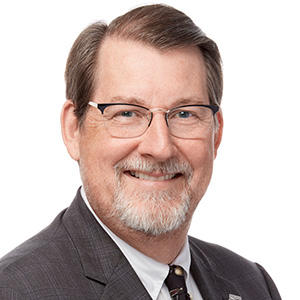
Dennis Lund, MD
Chief Medical Officer | Elizabeth Wood Dunlevie Endowed Professor in Pediatric Clinical Affairs | Professor
Surgery
Lucile Packard Children's Hospital Stanford
Lucile Packard Children's Hospital
725 Welch Road
Palo Alto, CA 94304
Phone:
(650) 497-8000
Locations

Lucile Packard Children's Hospital Stanford
Lucile Packard Children's Hospital
725 Welch Road
Palo Alto, CA 94304
Phone : (650) 497-8000
Pediatric General Surgery
777 Welch Rd Ste J, MC 5733
Palo Alto, CA 94304
Phone : (650) 723-6439
Fax : (650) 725-5577
Work and Education
Professional Education
Harvard Medical School, Boston, MA, 6/5/1980
Residency
Massachusetts General Hospital Surgery Residency, Boston, MA, 6/30/1987
Fellowship
Boston Childrens Hospital, Boston, MA, 6/30/1985
Boston Childrens Hospital Pediatric Surgery Residency, Boston, MA, 7/1/1990
Board Certifications
Pediatric Surgery, American Board of Surgery, 1992
General Surgery, American Board of Surgery, 1988
Languages
English
Connect with us:
Download our App: